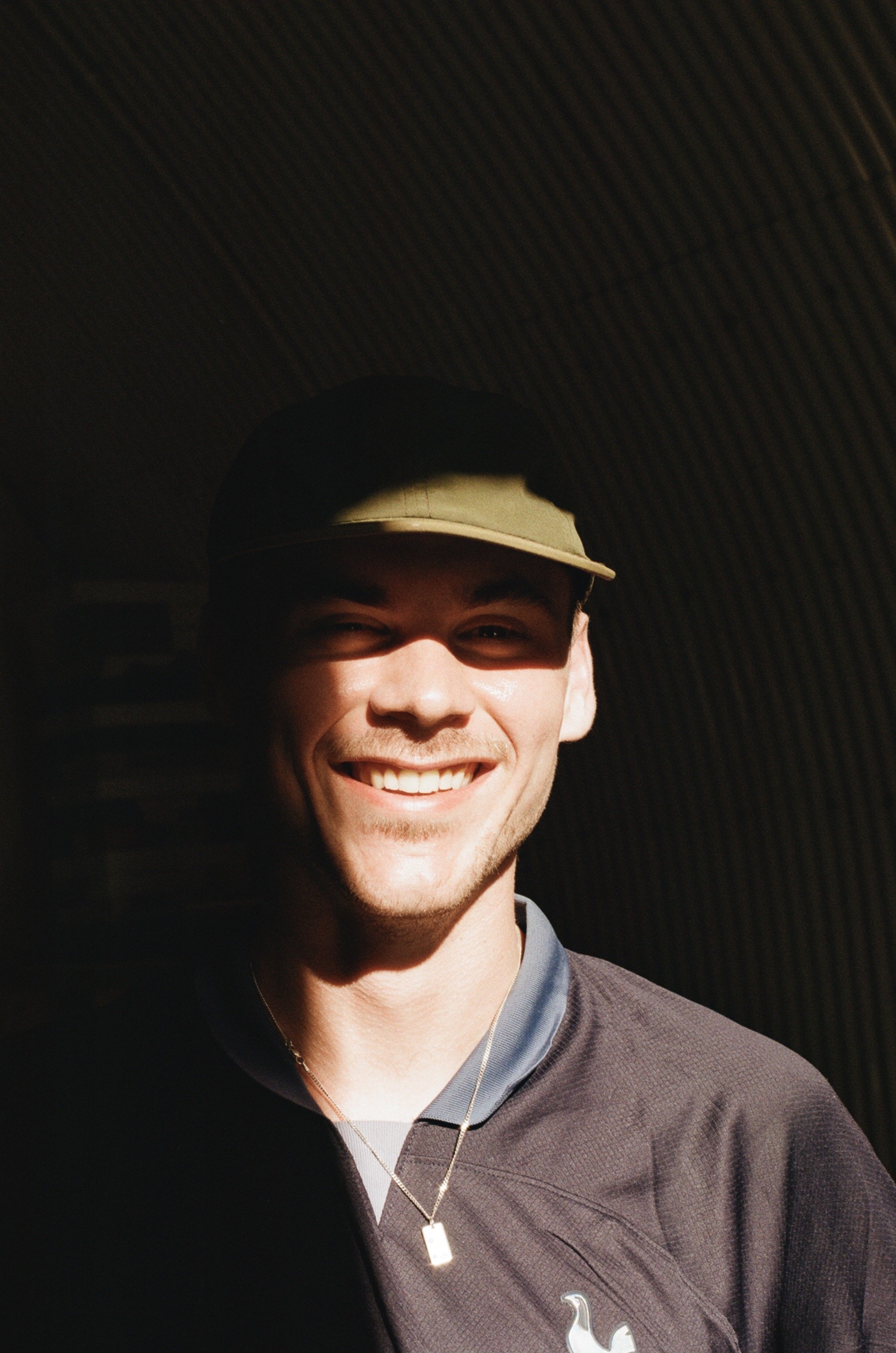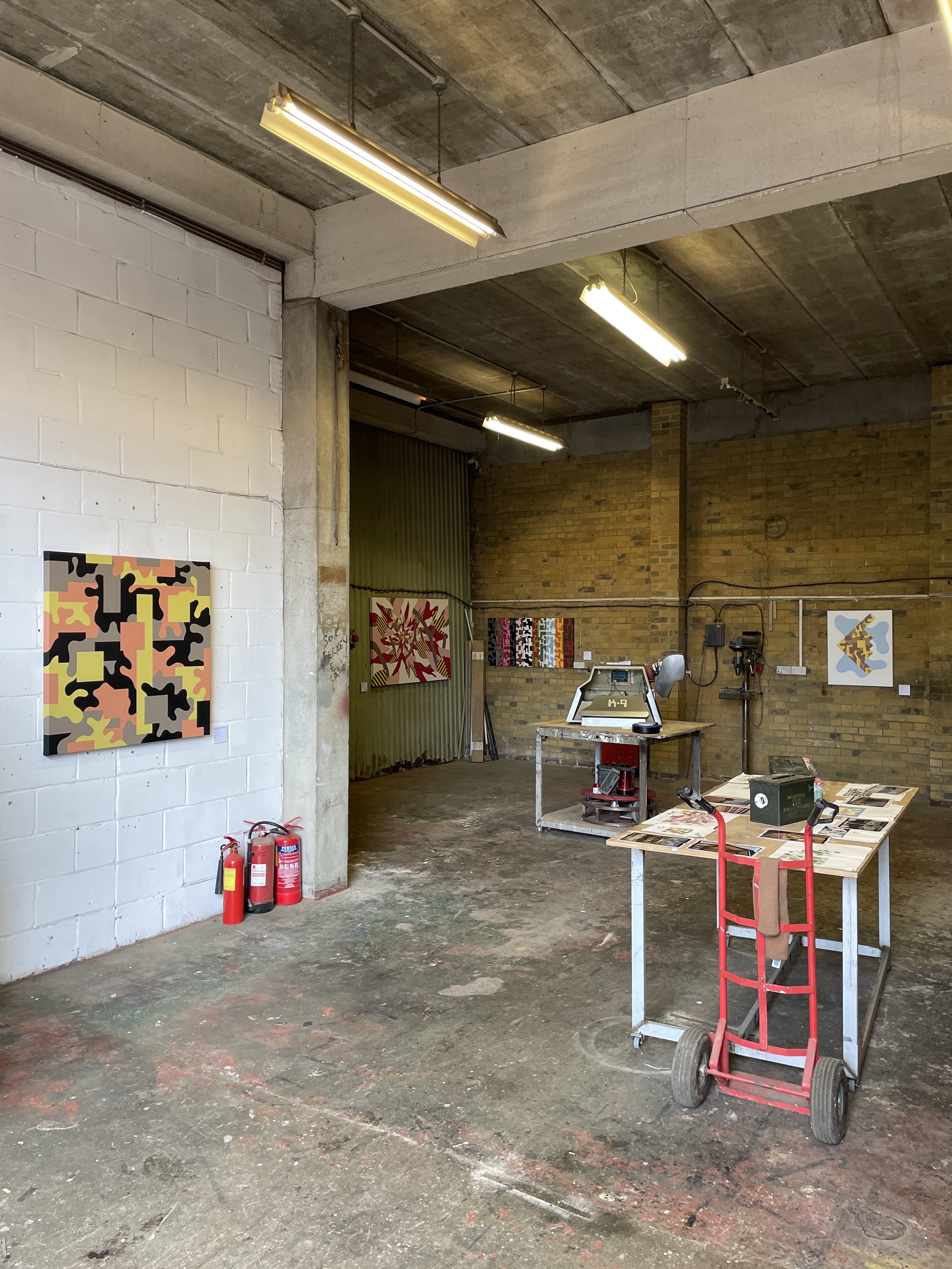ABOUT
London-based painter Elliot Winspear has not yet been sent to wage war like surrealist camoufleurs Paul Klee and André Mare. But he is on a mission. “Before I began painting, I was in the confinement of comfort zones,” he says, “video games, football, weed, working in retail and all that stuff.” He didn’t think painting “stuff that appealed to me visually, with camouflage patterns included intuitively just to add depth,” would present the challenge to wrest him from his stupor.
In the face of an urban environment that, more often than not, feels dishonest, Winspear consciously places importance on integrity and transparency. Camouflage is naturally deceptive in that there is a nice juxtaposition.
CAMOUFLAGED -
WORKSHOP EXHIBITION
A celebration of Thirty-five years of prop design, and I put some art up.

